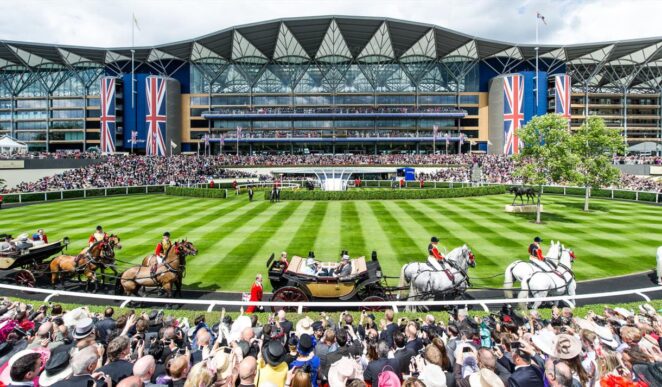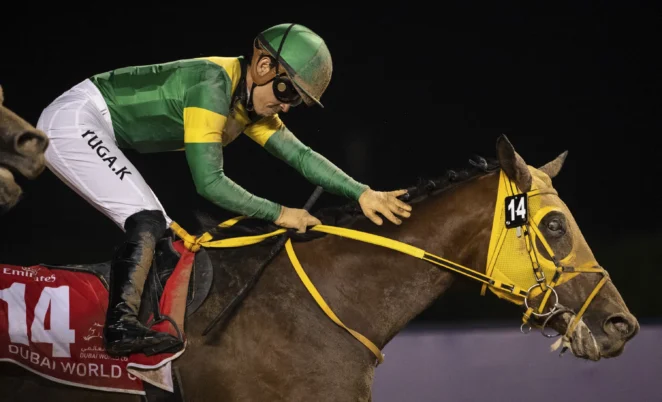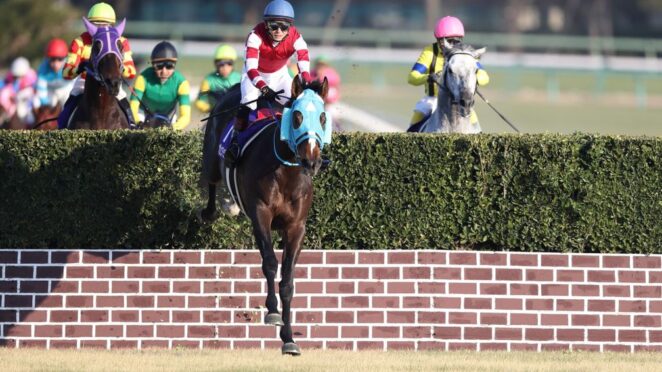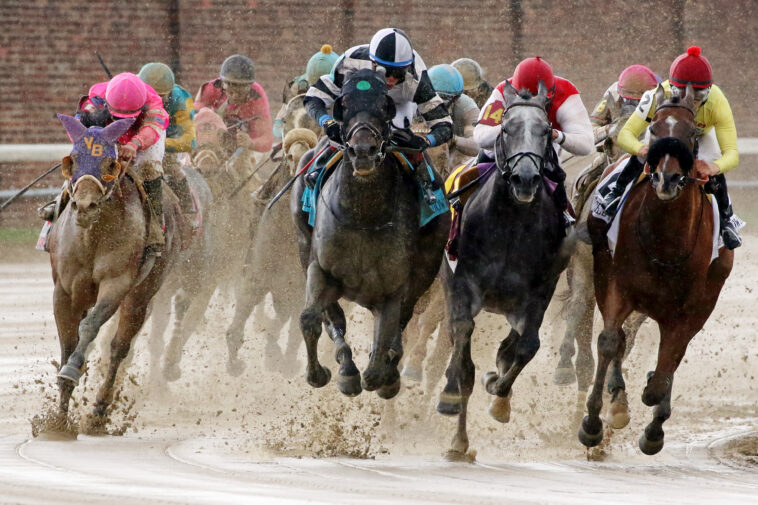Equestrian performance sports are one of the oldest sports in history. The first horse racing activity, in particular, can be traced to the Greek Olympics Games in 680 B.C., where riders would ride chariots pulled by four horses. The sport was also played in Persia, Arabia, China, the Middle East, and America.
Today, horse racing has evolved as one of the most popular equestrian sports that men and women enjoy. Many prevalent horse racing competitions are proof of the sport’s popularity.
Let’s identify some of the most known horse racing competitions in the world and discuss how they have contributed to the global horseracing industry.
Grand National
The first Grand National took place in 1839 at Aintree Racecourse, Liverpool, United Kingdom. The official distance for this handicap horse race is 4 1/2 miles, making it one of the longest horse races in Ireland and Britain.
The race was one of the last races held during the three-day Grand National Festival at Aintree. It is traditionally held in the second week of April. Around 600 million spectators from 140 countries watch the Grand National every year.
Royal Ascot

British culture wouldn’t be complete without the Royal Ascot. Horses worldwide, mostly from America, Japan, Australia, and Europe, participate in the Royal Ascot. The race is held in the Ascot Racecourse, founded by Queen Anne in 1711. It’s a five-day race participated by over 500 horses every year. It is composed of 18 group races, with eight Group 1 races.
The event has four enclosures, three open to the public and one exclusive to the elites. The exclusive one is called Royal Enclosure. This stringent dress code requires men to wear black, grey, or navy morning dresses and top hats. Meanwhile, women must wear formal daywear and a hat with at least a 4-inch solid base.
Kentucky Derby
Also known as the “Run for the Roses,” the Kentucky Derby is held on the first Saturday of May in Louisville, Kentucky, United States. It’s a two-kilometre Grade 1 stake race participated by three-year-old thoroughbreds. It is the first leg of the most-coveted Triple Crown title. The other two races include Preakness Stakes and Belmont Stakes.
The Kentucky Derby was inaugurated in 1875 and has never been interrupted, even during the pandemic, the Great Depression, and the World Wars. The Kentucky Derby has the most number of spectators in North America, surpassing the other two races composing the Triple Crown. Last year, the total amount of money offered as prizes in the Kentucky Derby was $1,860,000.
So, if you’re a bettor planning to participate in the race’s betting games, make sure to stay updated with Fanduel kentucky derby updates so that you can make an informed wager.
Preakness Stakes
The Preakness Stakes is traditionally held on the third Saturday of May every year in the Pimlico Race Course, Baltimore, Maryland. It has a total distance of 1+3⁄16 miles or 9.5 furlongs, participated by colts and fillies worldwide.
The first Preakness Stakes took place on May 27, 1873, and was named The Run for the Black-Eyed Susans. In North America, the Preakness Stakes ranks second in attendance, following the Kentucky Derby. It offered $1.5 million as purse money in 2022.
Belmont Stakes
The Belmont Stakes usually happen on the first or second Saturday of June. It’s the third and final jewel of the Triple Crown Series, participated by three-year-old thoroughbreds at Belmont Park, Elmont, New York.
The first Belmont Stakes happened on June 19, 1867. The official distance of the race is 1+1⁄2 miles or 12 furlongs. Its purse money in the previous years is worth $1.5 million.
Dubai World Cup

The Dubai World Cup is an annual flat racing event that started in 1996 at Meydan Racecourse, Dubai, United Arab Emirates. In 2024, the purse money offered in the race is $12 million. The Emirates Racing Authority (ERA) oversees the operation of the race.
It comprises nine races, eight thoroughbred races, and one Purebred Arabian race. The official distance of the Dubai World Cup is 2,000 meters or approximately 10 furlongs.
Pegasus World Cup Invitational Stakes
The Pegasus World Cup Invitational Stakes is relatively new compared to the rest of our list. Its first race occurred on January 28, 2017, at Gulfstream Park, Hallandale Beach, Florida. It was participated by four-year-olds and older thoroughbreds over a 1+1⁄8 miles or 9 furlongs distance.
Its inaugural race in 2017 has a $12 million purse, surpassing the Dubai Cup as the richest horse racing event in the world. The event’s official icon is the pegasus, a Greek mythical character. A statue of the icon was erected in Gulfstream Park, standing 110-foot tall.
Breeders’ Cup World Championships
The Breeders’ Cup is an annual thoroughbred race that changes venues every season. The first Breeders’ Cup took place in Hollywood Park in 1984. From its inauguration until 2006, the Breeders’ Cup was a single-day event, but starting in 2007, the Breeders’ Cup was held in two days.
Currently, there are 14 races comprising the event, with purse money ranging between $1,000,000 to $6 million.
Melbourne Cup
Held in Flemington Racecourse, Canada, the Melbourne Cup is the richest two-mile handicap race in the world. It started in 1861 and was traditionally held every first Tuesday of November every year. It was dubbed “the race that stops the nation.” Raced in 3,200 metres of turf, three-year-olds and older thoroughbreds would compete for big purse money, amounting to A$8,000,000 in 2022.
Nakayama Grand Jump

Inaugurated in 1999, Nakayama Grand Jump was a 4250-metre steeplechase race for four-year-old and older thoroughbreds. It’s held every mid-April at Nakayama’s steeplechase course.
Nakayama Grand Jump and Nakayama Daishogai are the only two Grade I steeplechase races on Japanese turf. It was only postponed once due to the 2011 Tōhoku earthquake and tsunami and was moved to July 2 and was raced over a distance of 4260 metres. Three-year-olds were also allowed to enter the race in 2011.
Conclusion
Horse racing is a sport enjoyed by many people across different age groups, genders, and cultures. You can find popular horse racing events in every part of the world. It’s a long-lived tradition celebrated and shared by many racegoers.
As long as there are tracks to hold races and spectators to watch these events, horse racing will continue to flourish and influence many generations.




